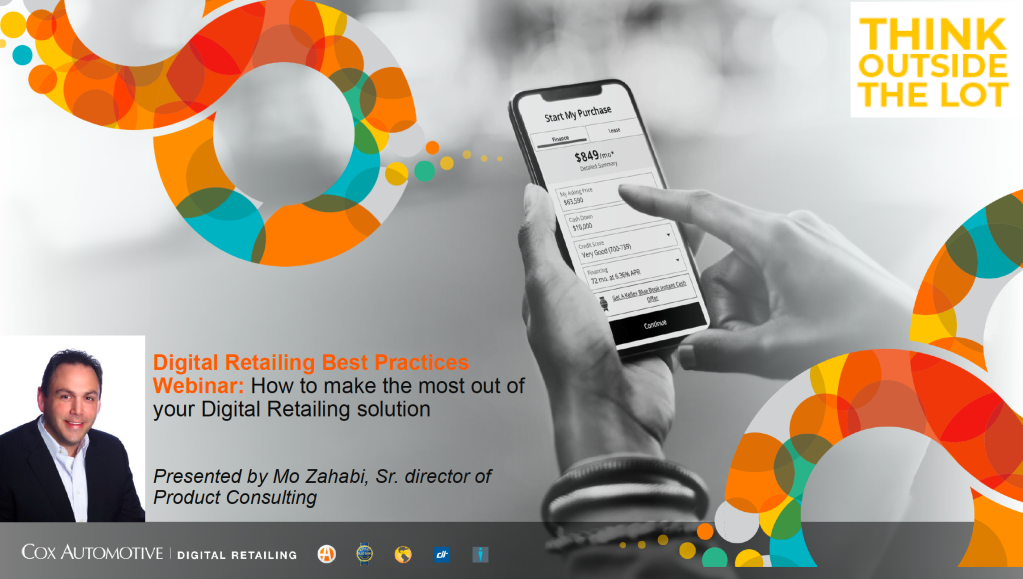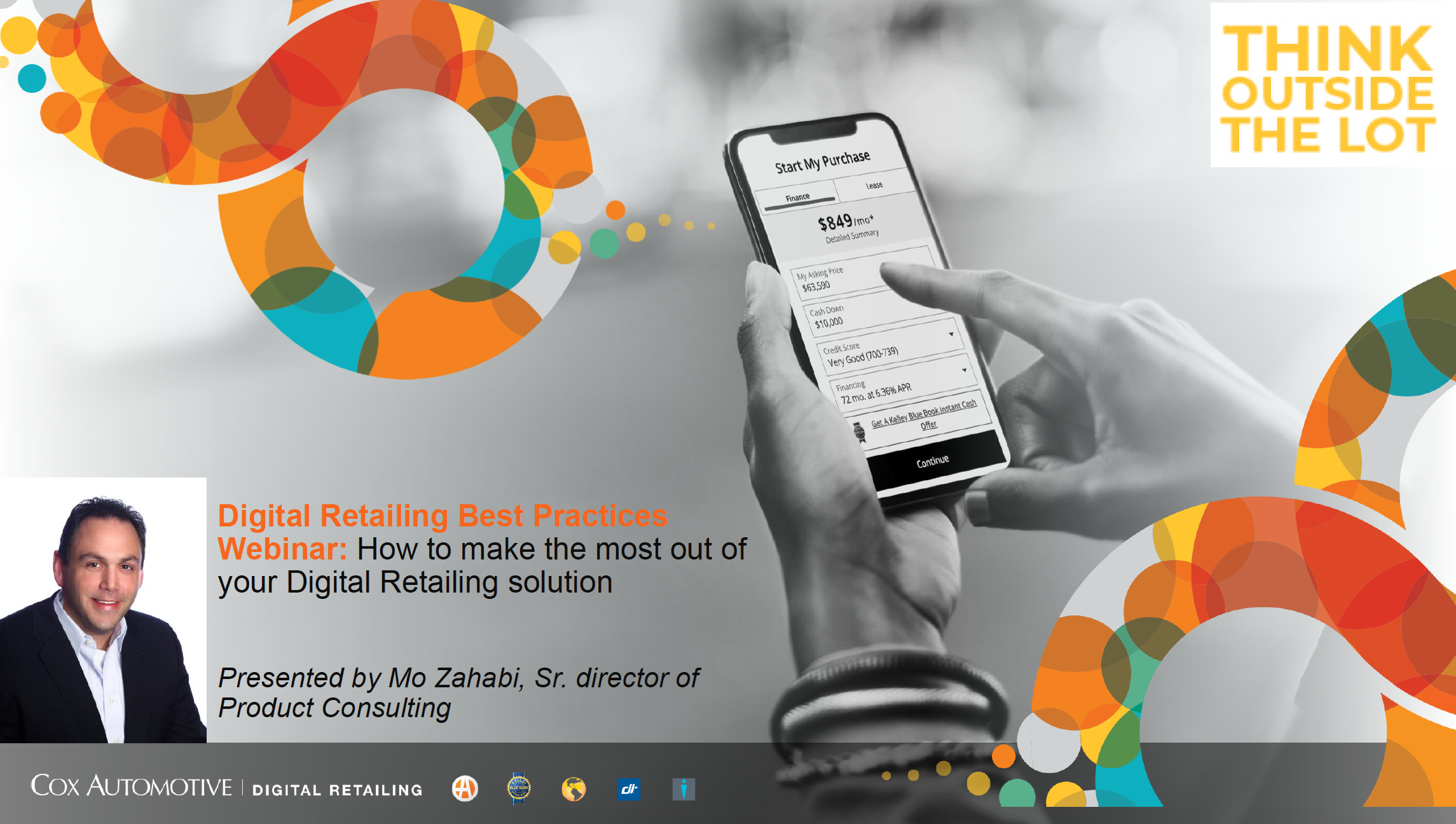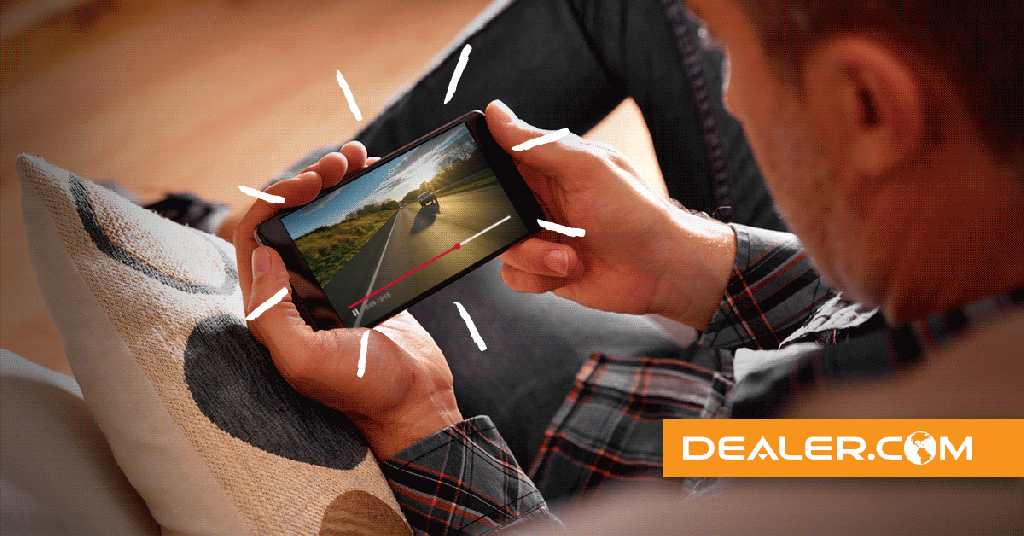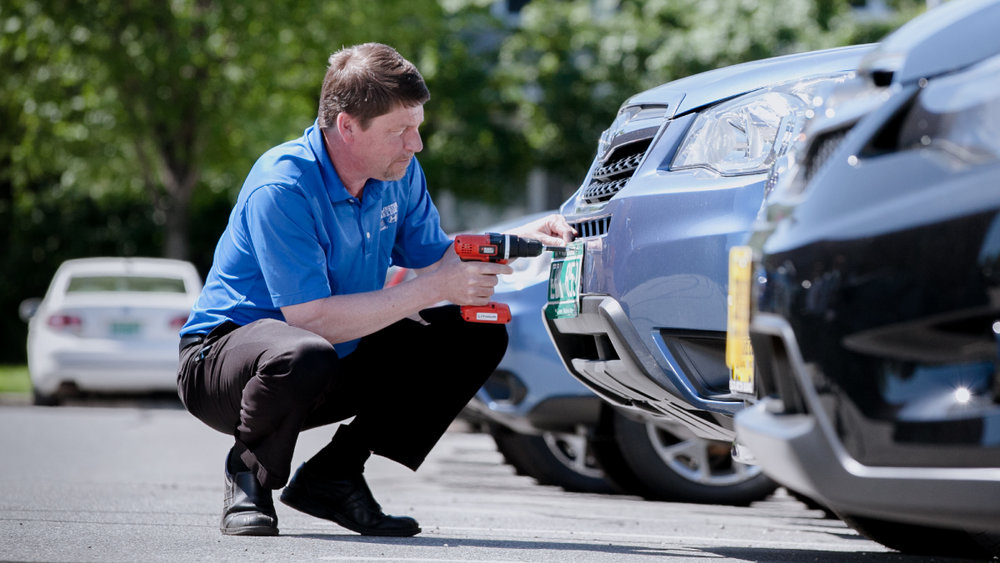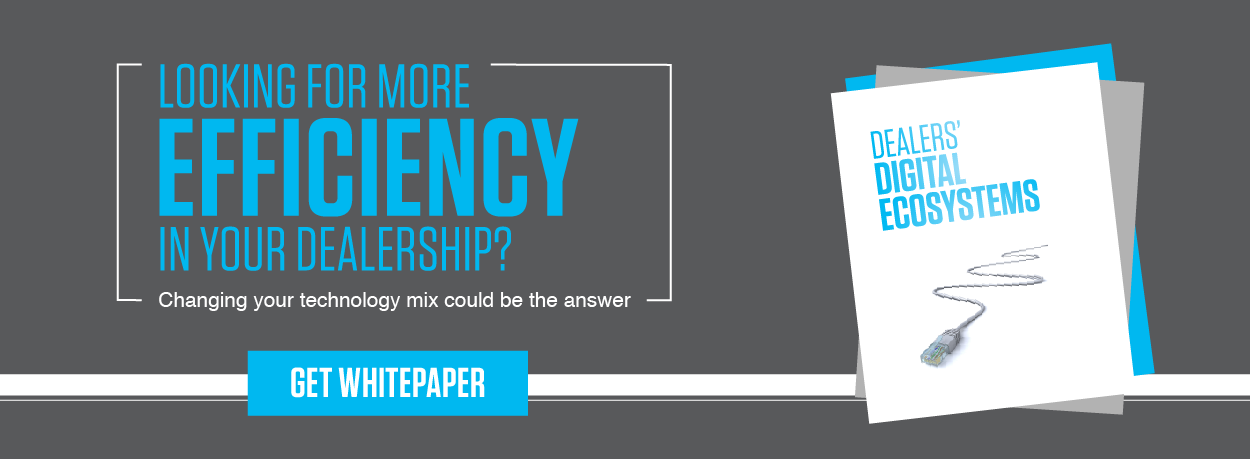By Mark Bernstein and Ben Gilbert
As shoppers follow public health guidelines and practice social distancing, local automotive businesses are experiencing a noticeable shift in consumer behavior. More are turning to online search and news for answers to their questions and solutions to their needs, resulting in increased search volume and media consumption. However, as people are putting their basic needs first, less automotive search and advertising-driven traffic will occur. What steps should dealerships consider?
- Adapt digital strategy and creative messaging.
- Align personalized experiences with customer expectations.
- Advertise to stay top of mind and reach local consumers.
Consumers are more locally focused than ever. They may be more hesitant to convert from shopper to buyer, but that doesn’t stop them from shopping. Sharing the status of your dealership and new procedures can leave a lasting positive impression. Being present will help your customers keep your dealership top of mind when they are ready to shift from shopper to buyer.
The time is now to refocus your marketing needs. Where can you start?
Prioritize your marketing needs
“What’s the best use of my advertising budget?” You need to ensure you’re capturing your most qualified shoppers and helping customers obtain the information they need. With budgets in flux, it is important to adhere to your advertising hierarchy of needs to maximize performance. Fund strategies that will maximize your retargeting efforts, targeting in-market shopping audiences on Facebook, video messaging to the right audience and most importantly top converting keywords on Search.
Create relevant messaging to your customers
While every dealerships situation will be unique, it’s important to remain present for your qualified consumers. It’s imperative that all your digital touchpoints, from ads, posts, website and all communications are consistent and reflect the same message and offers. Does your current messaging reflect your dealership status or OEM revised incentives?Are there differentials you can broadcast to help shoppers identify you can meet their needs, both from new vehicle shopping and service?
Know your Customers
The data on a dealer’s existing customer is one of the most valuable assets a dealership has, and now is the time to really leverage it. Segment target customers into different audiences and target across the media universe with a clearly defined ROI goal. These steps help dealers avoid spending advertising dollars on customers who are not in your market. For customers now choosing to delay making a long-term investment like a new vehicle purchase, can they instead become new service customers?
Be measurable
It’s time to ask some hard questions about how exactly your media spend influences your customer base. How are all your media channels – including traditional – impacting your business? Can you measure them all using the same methods to compare efficiency and ROI from each media type? Excellent digital alternatives to print and TV exist now and are 100% measurable. This is not the time for broad media sources with ambiguous ROI. Do you have access to a multi-channel, diverse product to confidently move advertising funds into relevant digital properties?
Be Agile
We are in a rapidly changing situation with state, federal and OEM interventions. Shoppers are increasingly digitally focused across multiple media types. To come out ahead, you need an unparalleled solution that enables you to try new channels and deliver the message of your unique differentiators – car delivery, service valet pickup, OEM Incentives, and more.
We are committed to our dealers. Our A-team of performance managers, industry leaders, and digital marketing experts are ready to help you showcase your vehicles and dealership services to shoppers at all stages of the consumer journey.


